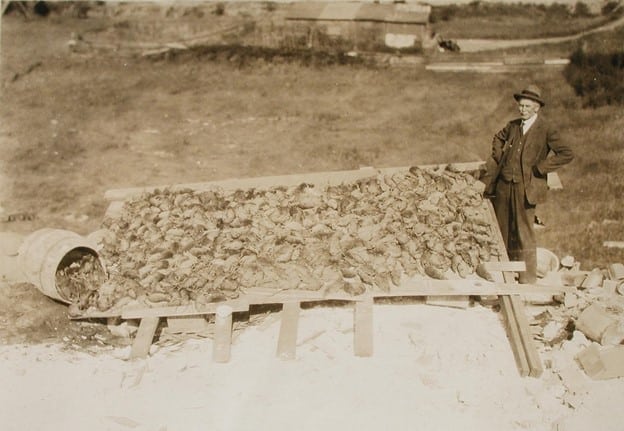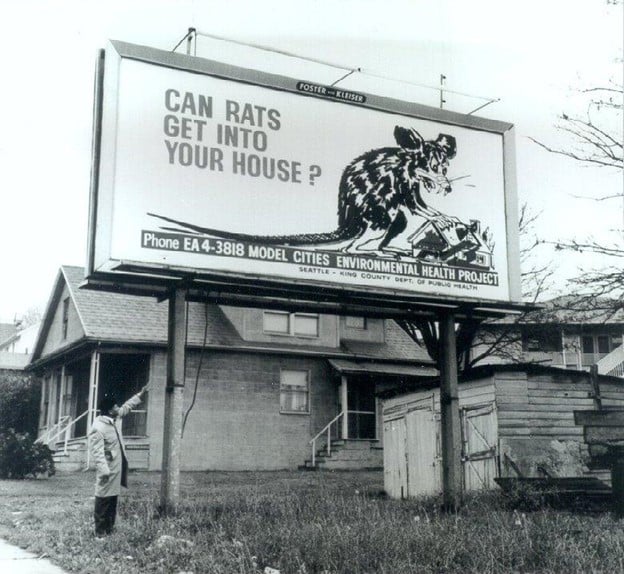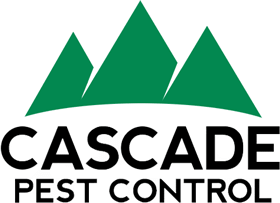Author: Kurt Treftz, Cascade Pest Control
As many residents and business owners may know, the rat population in the Seattle area continues to grow with its population. Rat control in the greater Seattle area is an ongoing problem for both urban and suburban residents, as rats have a long history in this region.
Origins of Seattle Rat Populations
The most common rat varieties seen in the Puget Sound region are actually unintentional imports from Europe and the Middle East. They originally arrived very early on with the sailing ships that explored Puget Sound. More rats continued to arrive in Seattle and other seaports of the area such as Tacoma, Everett, Port Townsend and Bellingham as ships brought in more settlers and their supplies.
As the shipping industry grew around here and more ports gained traffic, rat stowaways continued to pour in and thrive in the climate of the Puget Sound region. This was compounded by the fact that rats also thrive around dense human populations where they can easily find a quick meal or water. The timber industry continued to grow for decades, therein firmly rooting a large rat population in this area.
Rats were able to nest and grow their populations domestically after the Great Fire in 1889. The rebuild of the city after the fire was built up about a story from the original level of cheap shacks on the tide flats, many of which were already infested with rats. This created what’s known today as ‘The Seattle Underground,’ which allowed the displaced rats plenty of shelter and byways to access food sources.
Development of Rat Control in Seattle
With the growing rat populations in the area, Seattle citizens naturally began having to consider rat control in order to keep their spaces clean and safe. One of the first attempts at this was in 1907 after a Seattle resident died of bubonic plague, and a bounty of five cents per rat was issued. The bounty on rats soon increased to ten cents for rats that were turned into the Seattle Health Department.
The health department also set up labs and inspectors to guard against the plague. Regulations to curb rat populations via sanitation were also set in place. King County also began to develop better waste management systems to reduce the proximity of rat populations to resident populations. By the 1950’s Seattle and King county had changed their efforts to sanitation and prevention. Exterminators were present and grew popular as a rat control method as rats found abundant water sources and natural food sources beyond human activity and became an invasive species in the area.

Today, rodent control has advanced to address human and environmental safety regarding rodenticides. Current rat and rodent control techniques address rat exclusion with eco-friendly preventative methods in addition to extermination. We at Cascade Pest Control also advocate for ongoing maintenance services and inspections to protect households from infestations before they start.

Need an upgrade to your rat control services? Call 888-989-8979 today to get started with Cascade Pest Control!
